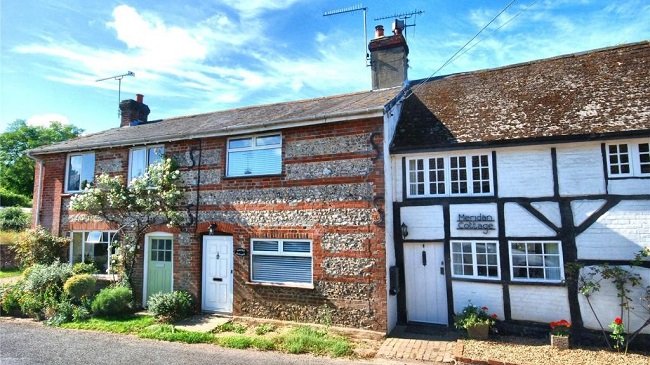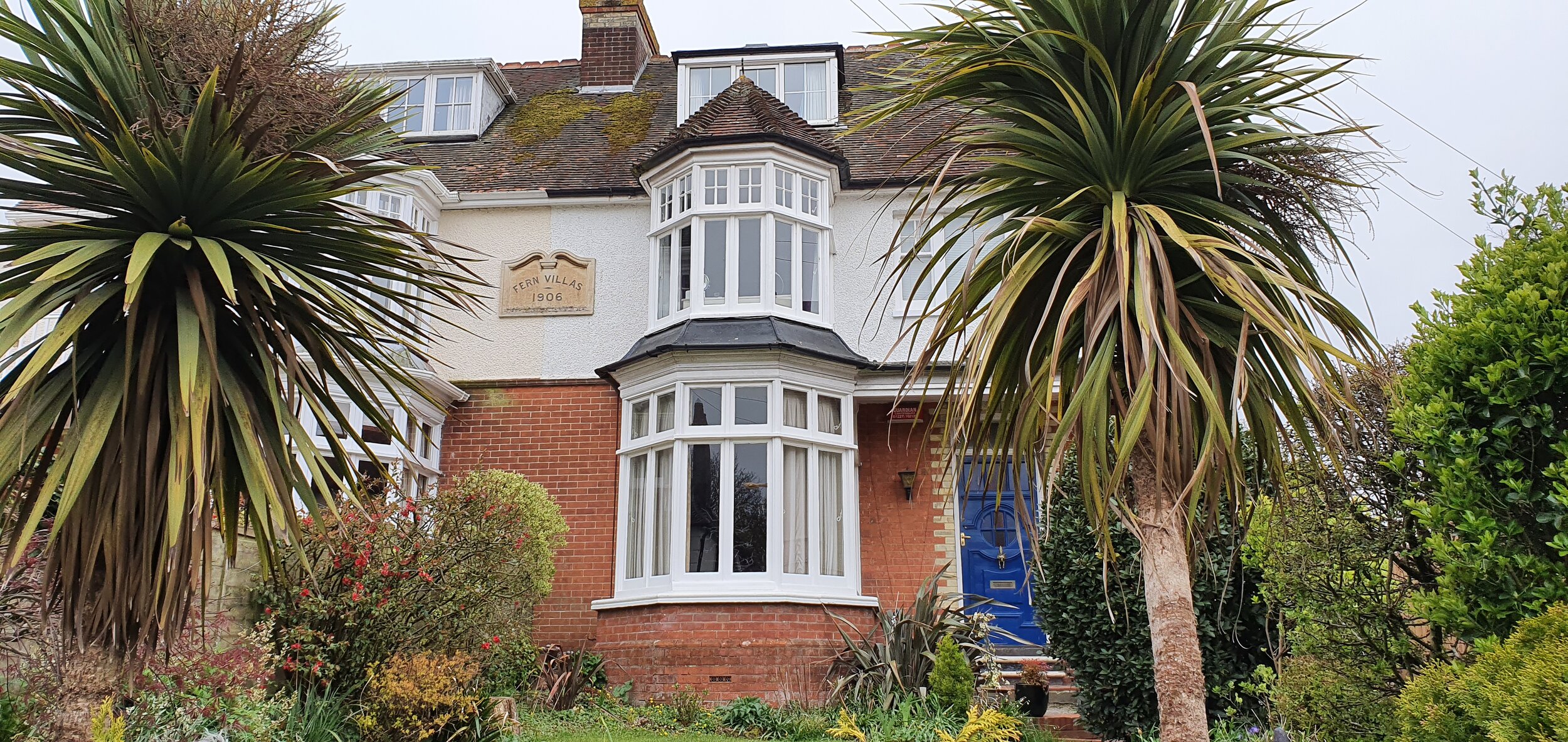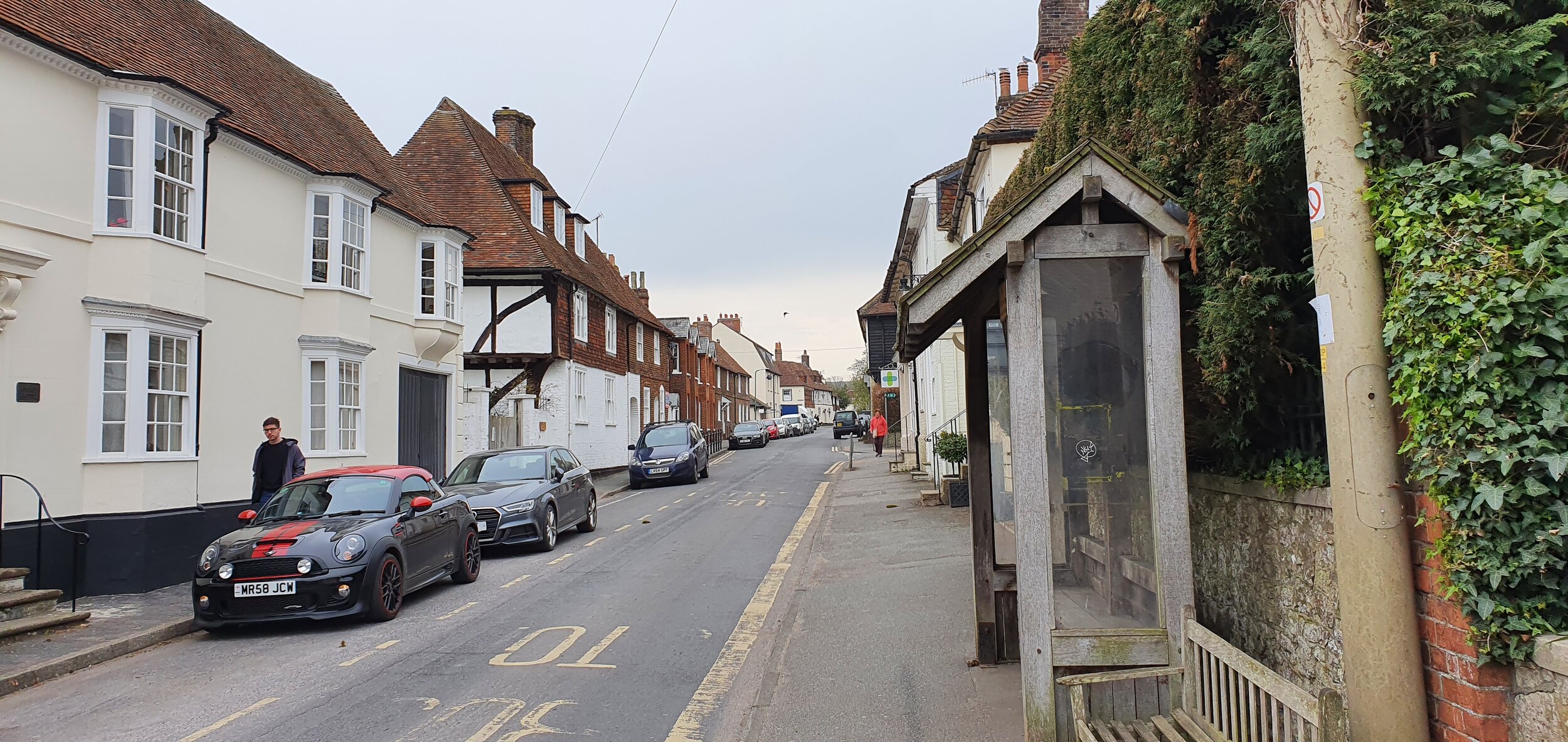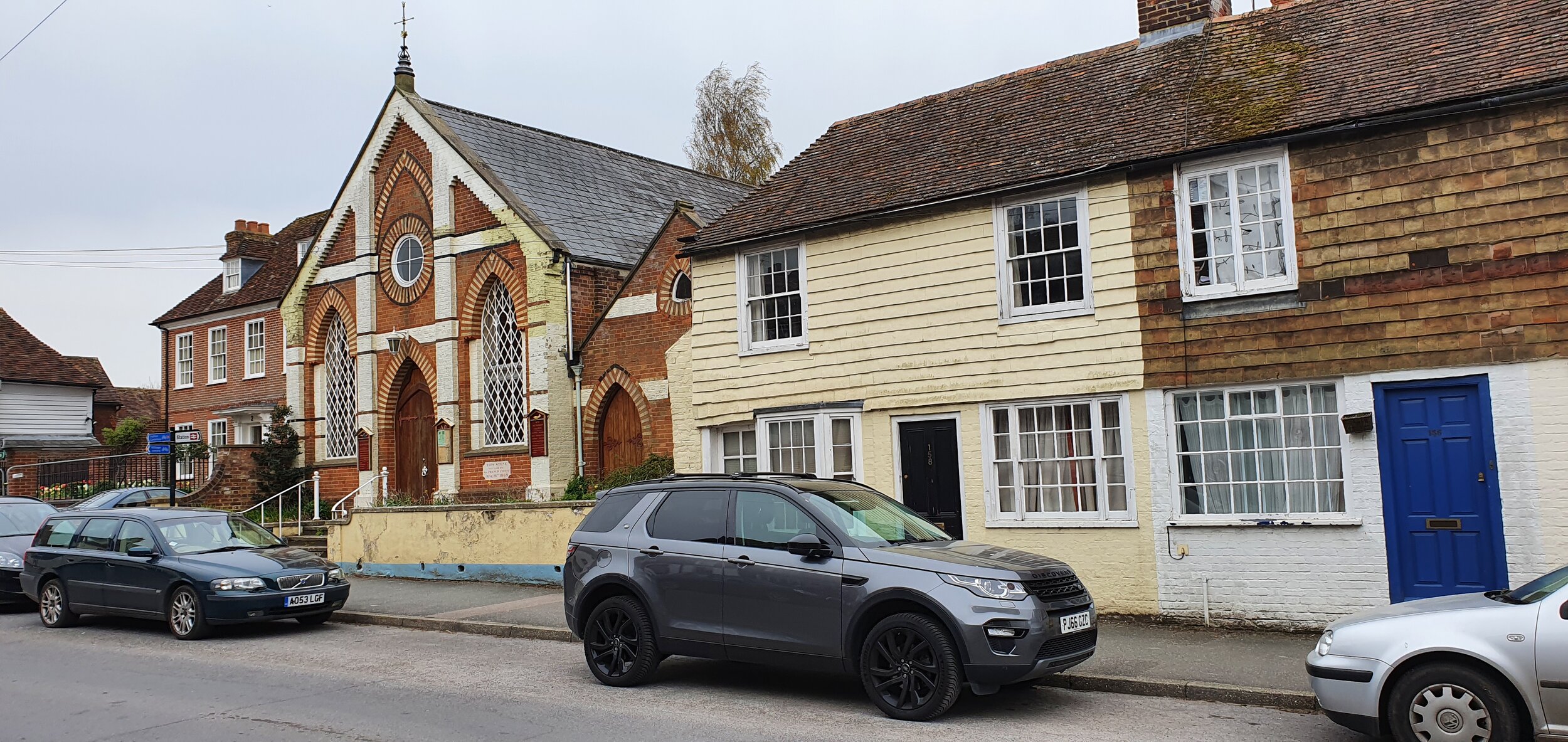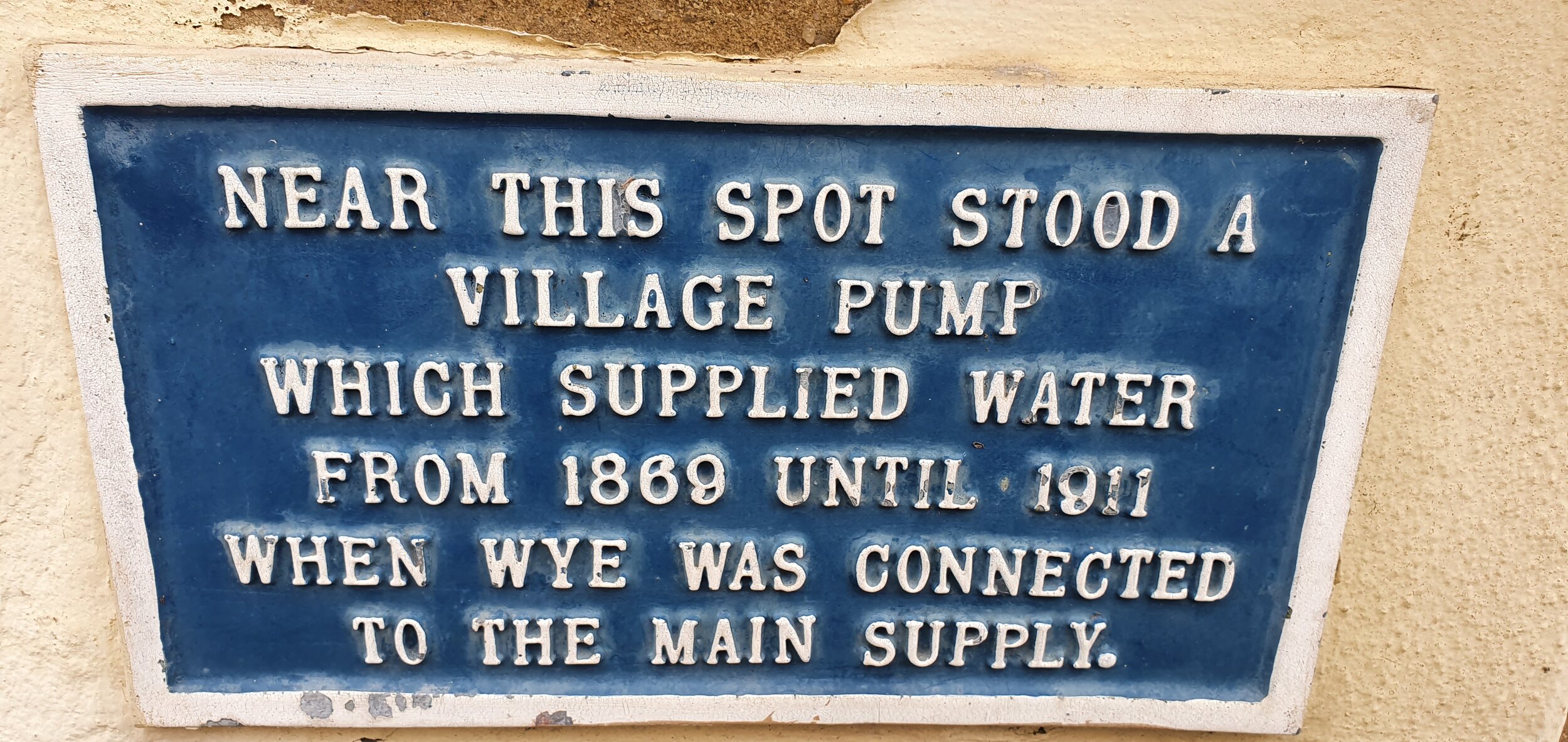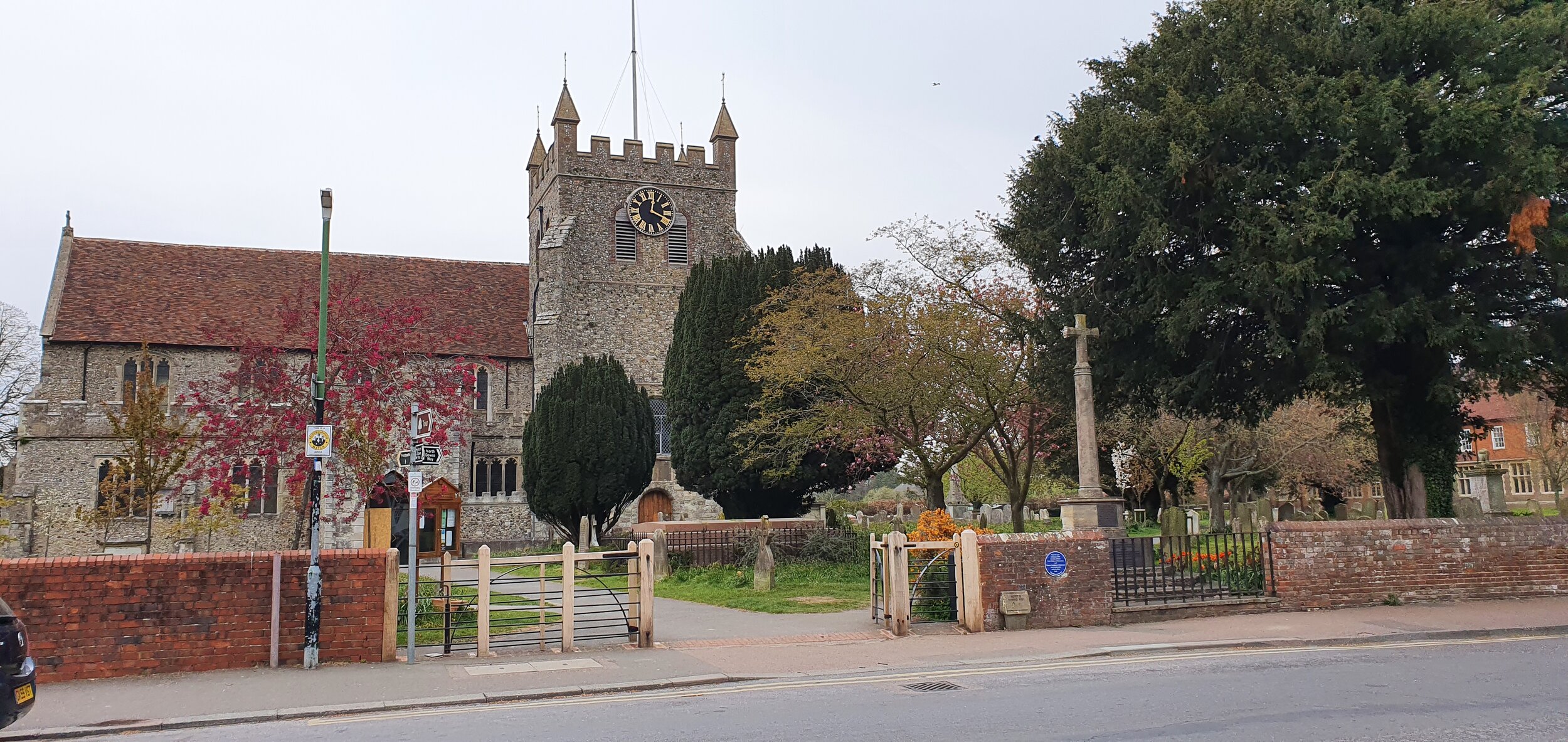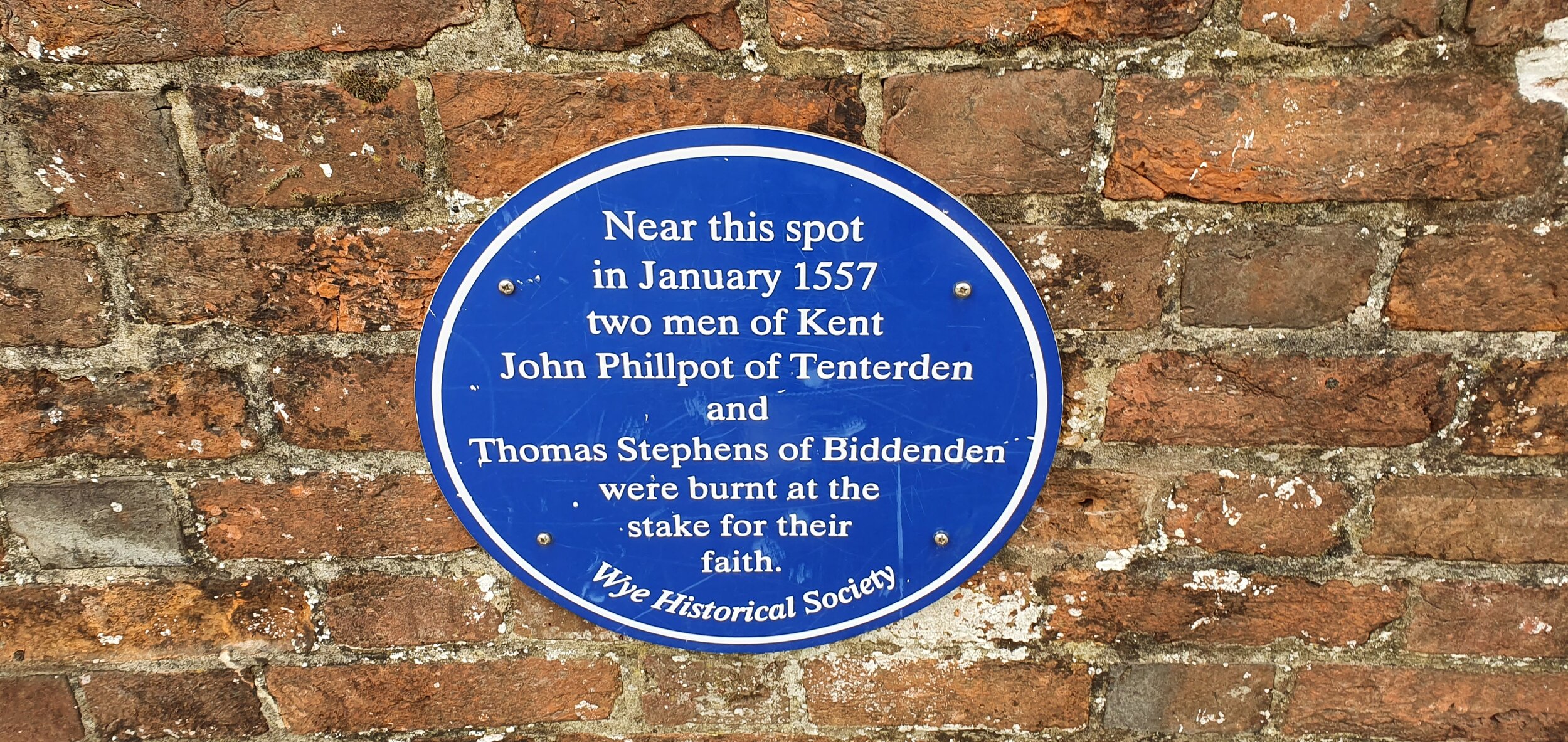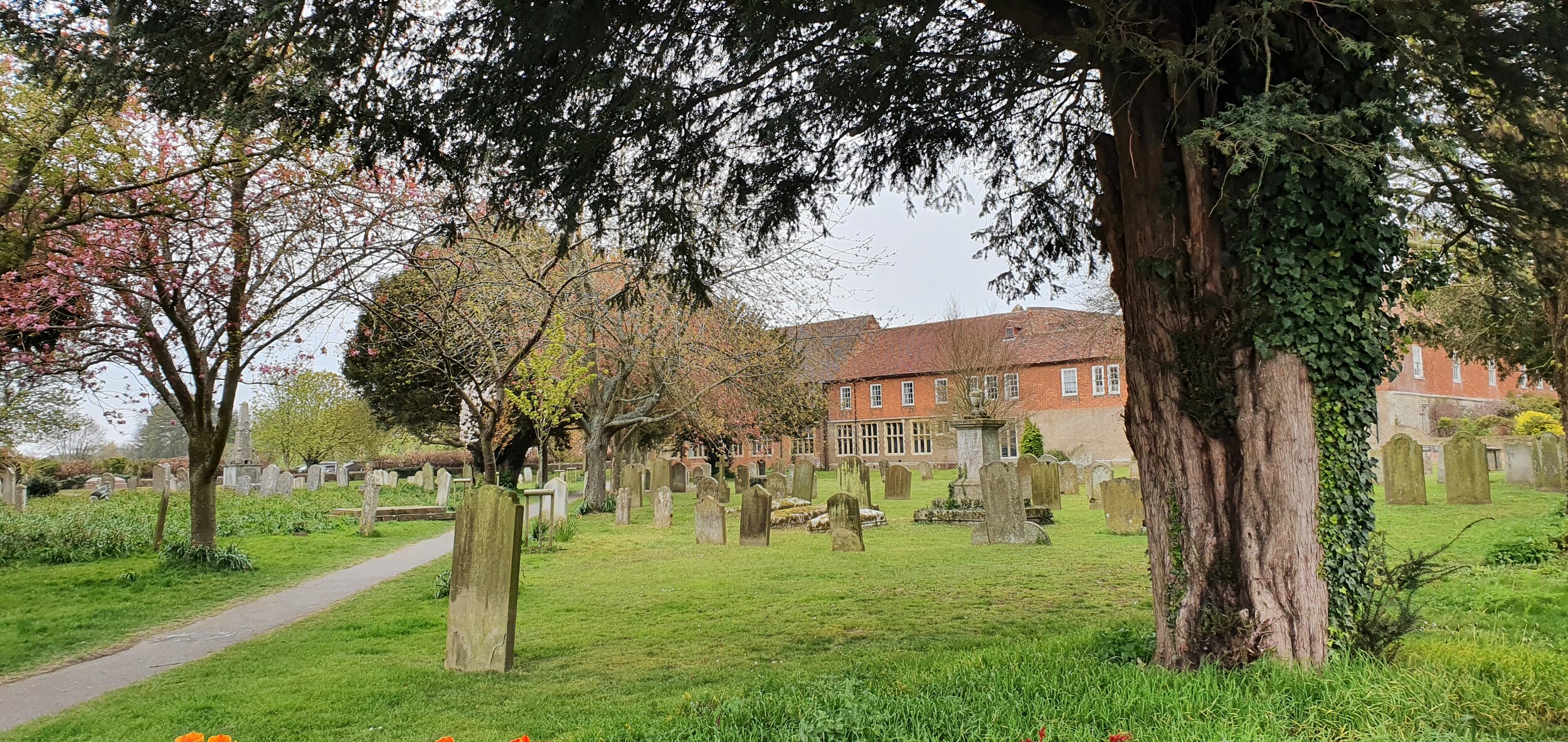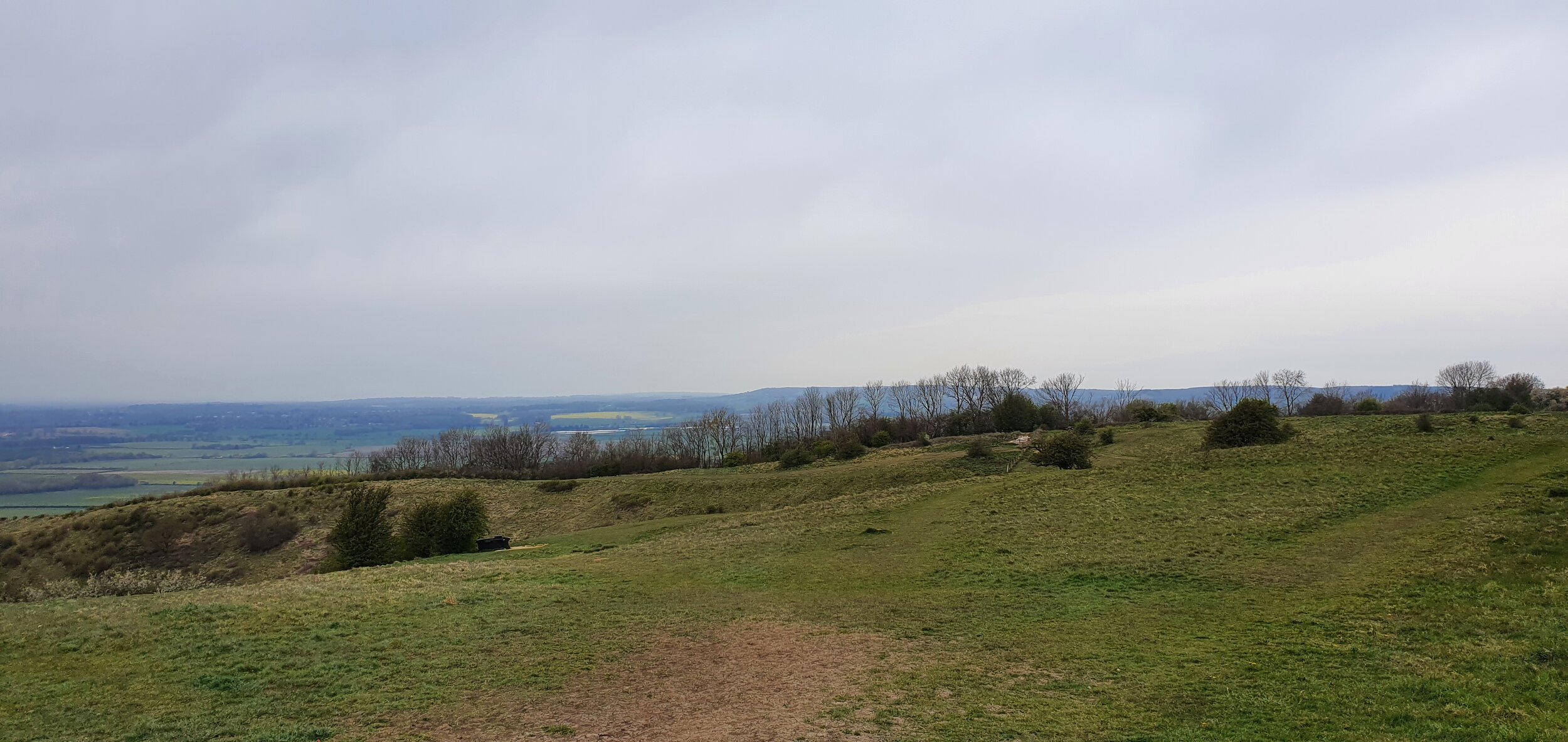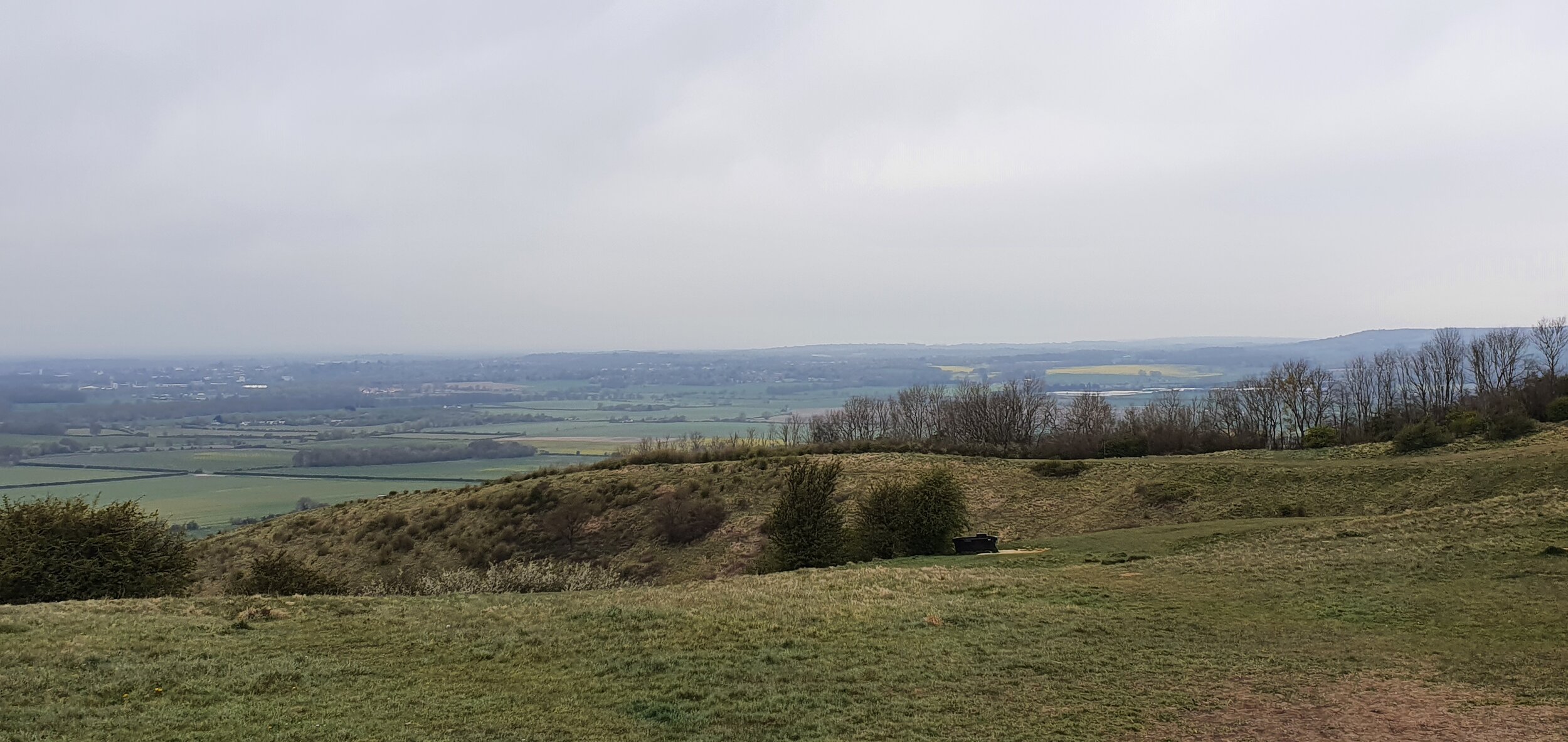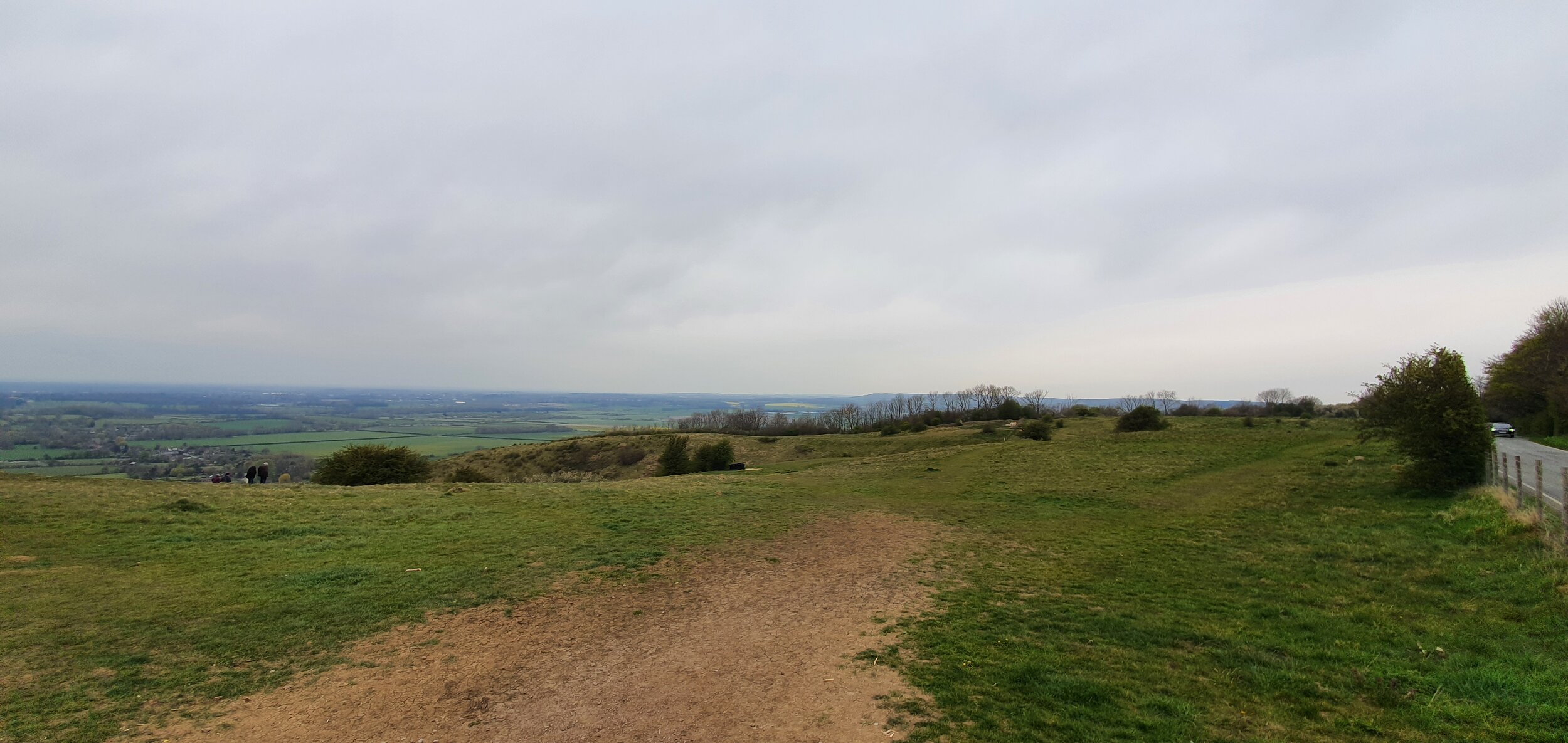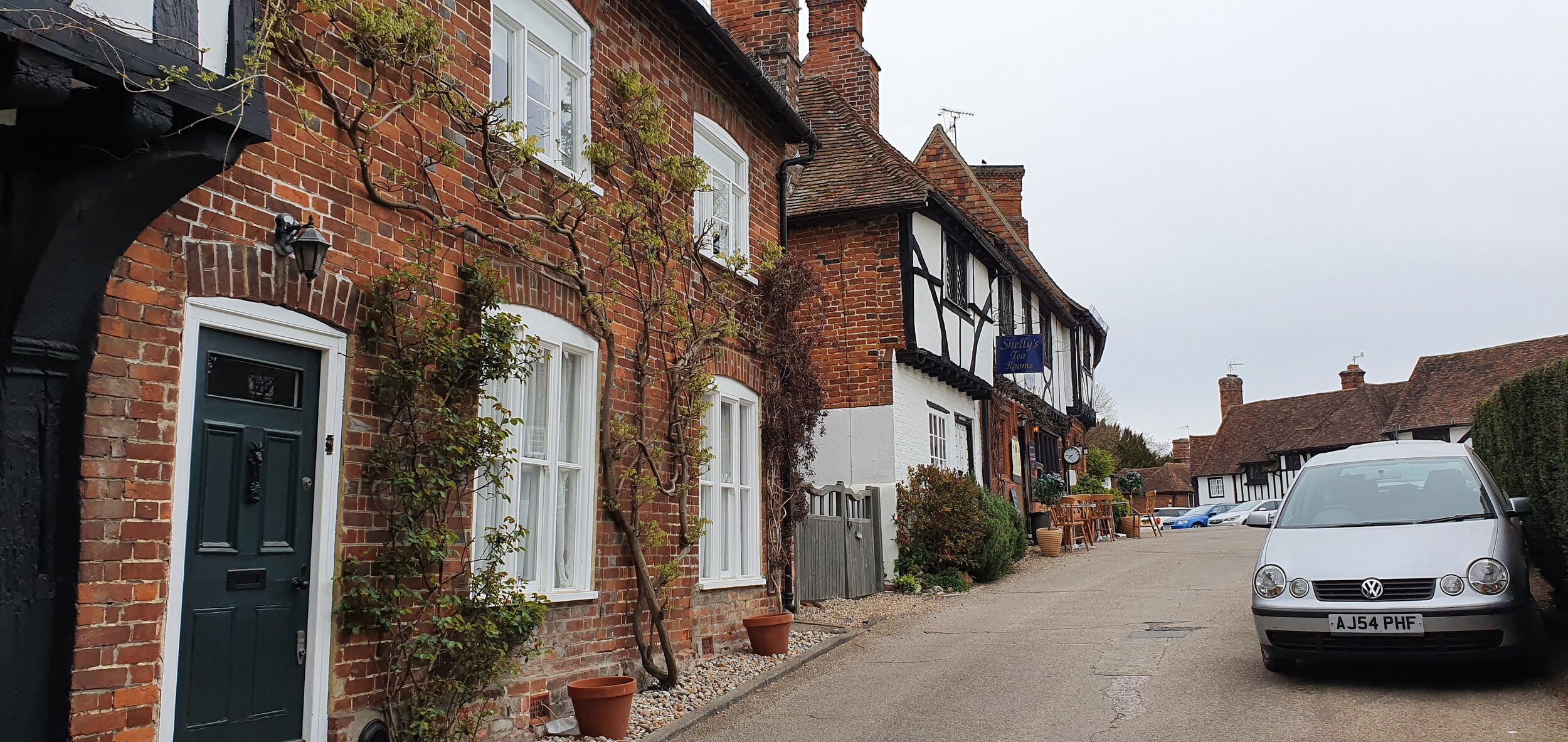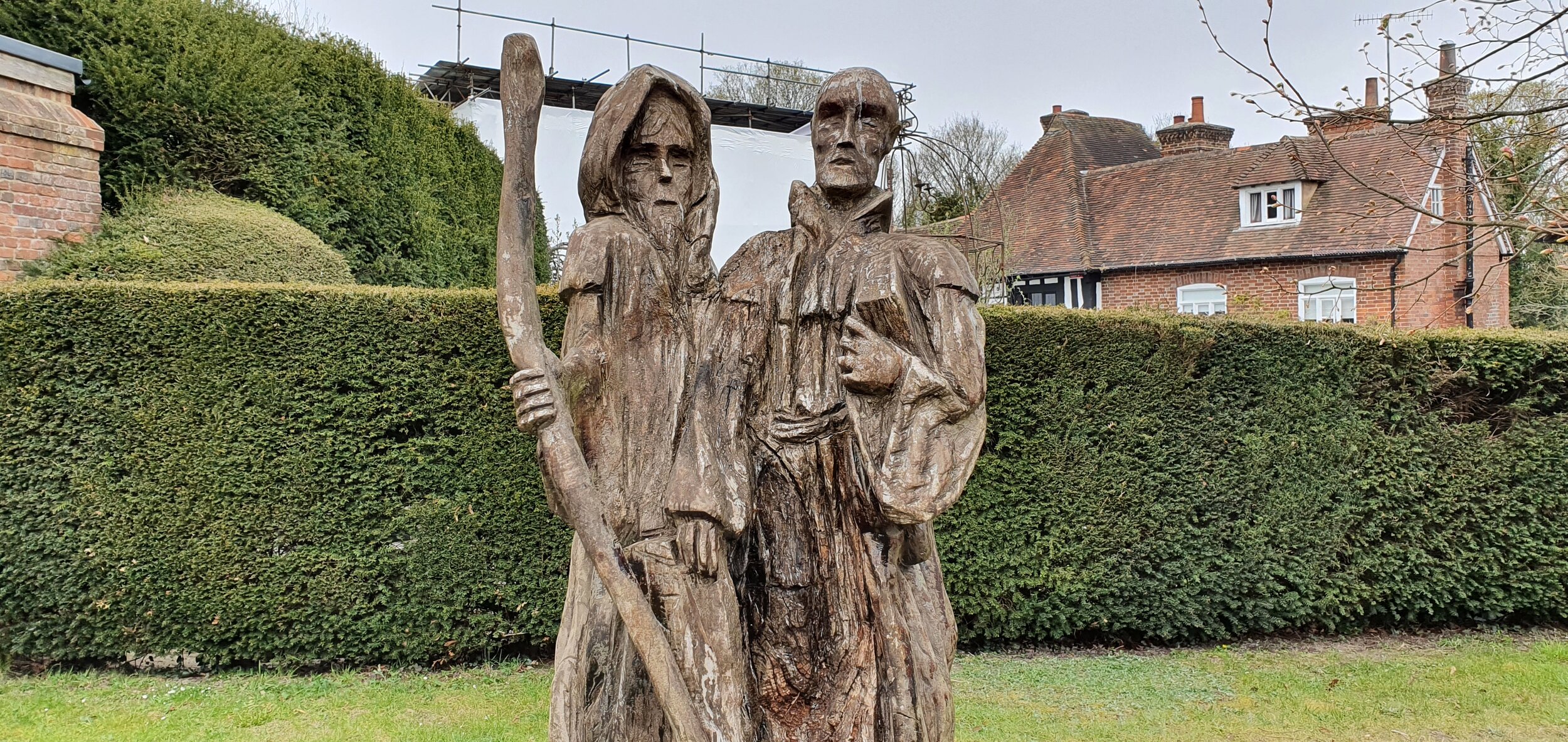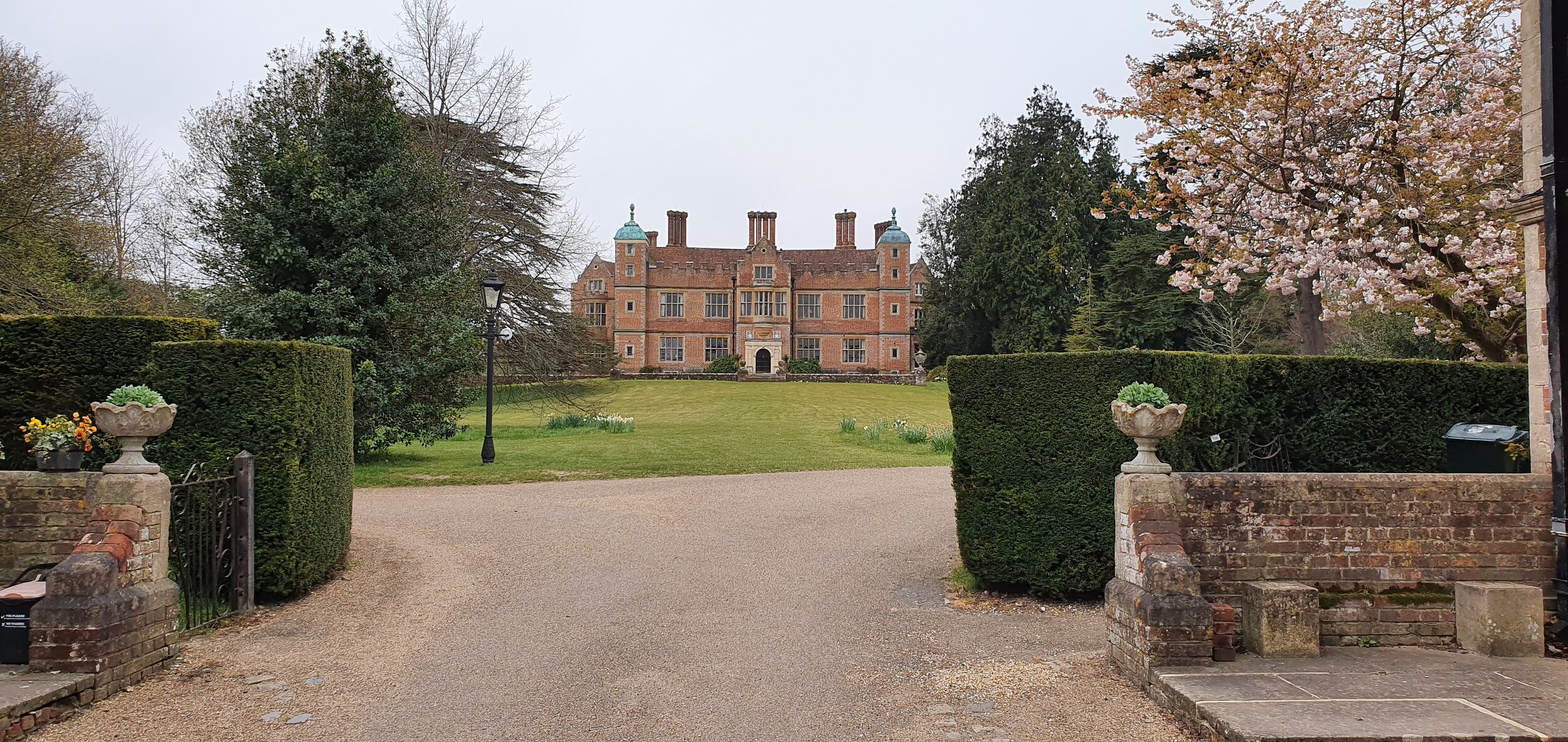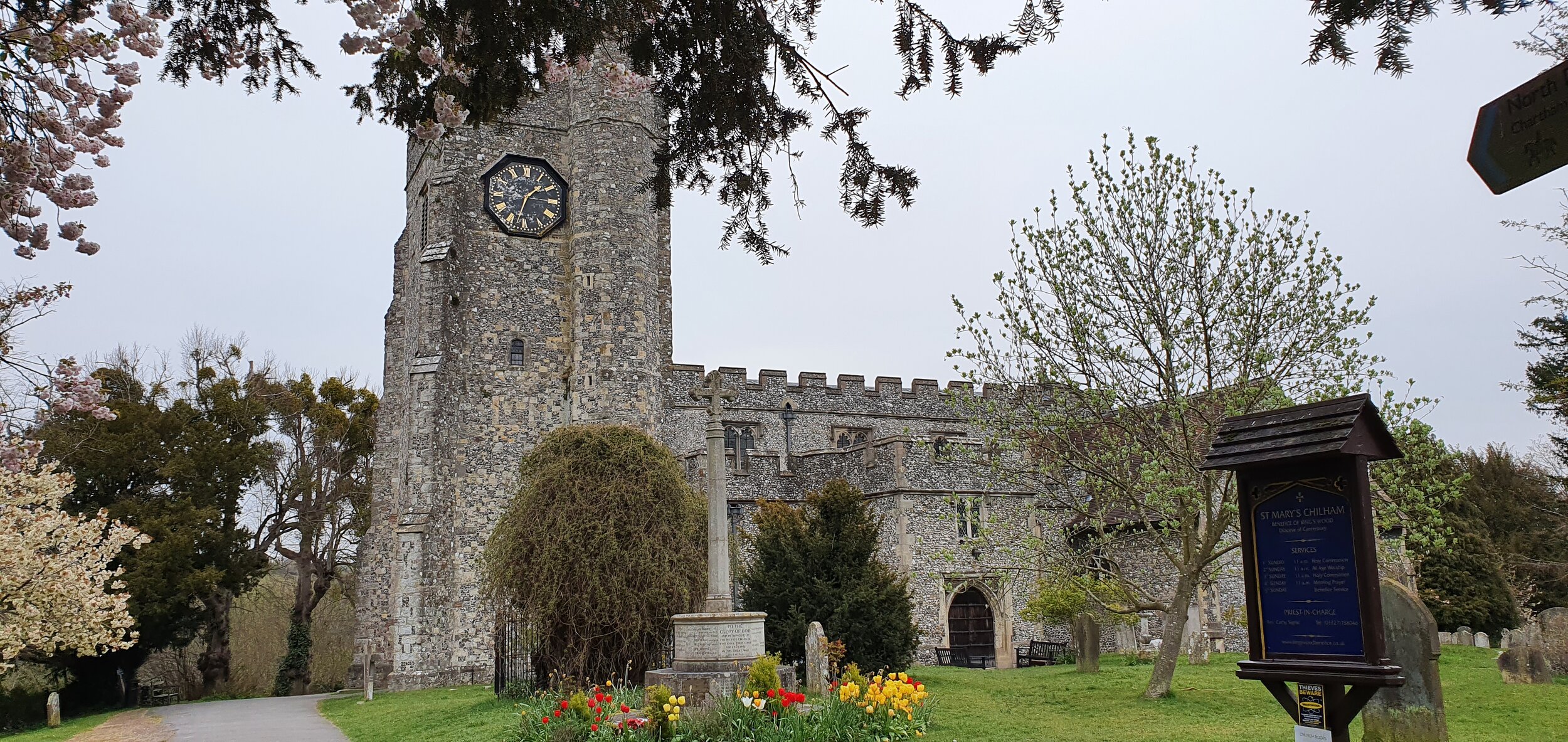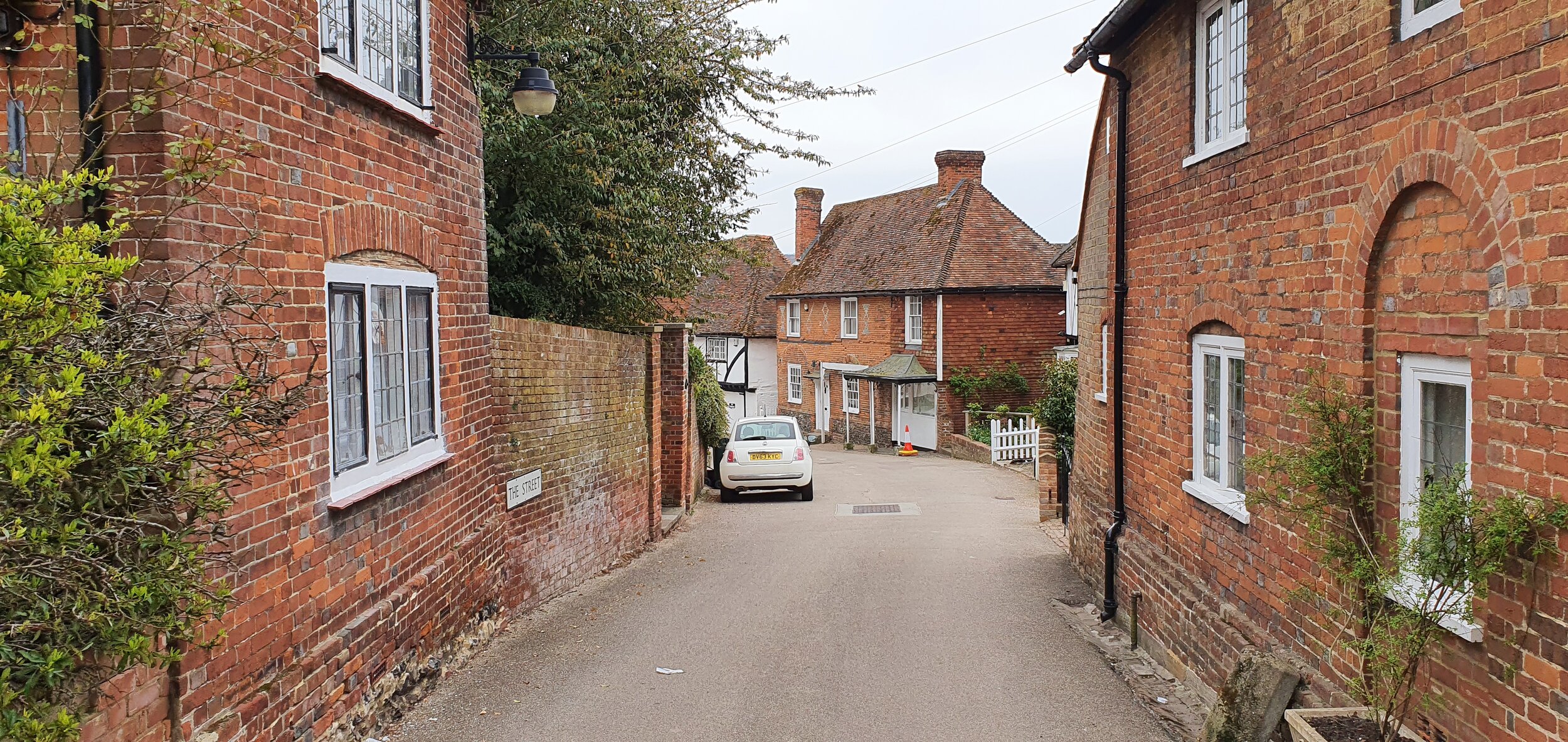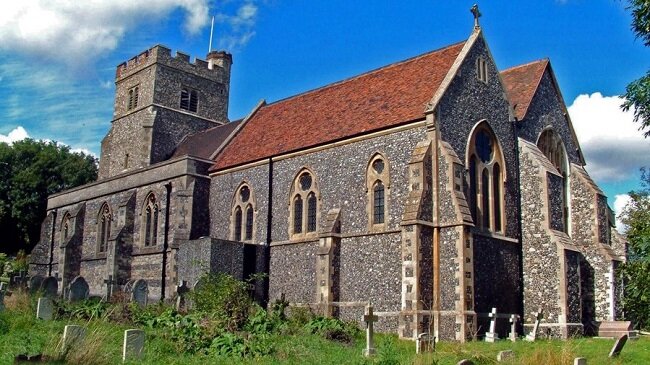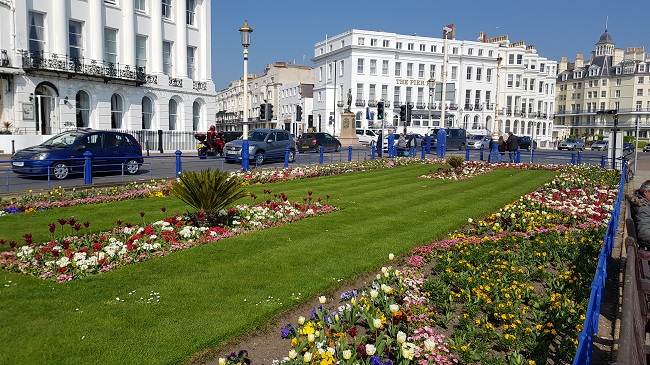Wye and Chilham
It has been eight month since Mrs P and I have enjoyed a day trip, due to the various travel restrictions imposed by the pandemic. However, now that some of the rules in the UK have started to be relaxed, we decided to plan a modest excursion out into the Kent countryside. Although some pubs and restaurants are now open for business, albeit outside only, we decided not to make a reservation anywhere as the weather was still somewhat cold and there was the possibility of rain. So we packed our picnic rucksack with a range of comestibles that were suitable for consumption inside the car and headed out towards Ashford, along the M20. I’ve been reliably informed that once you reach a certain age, it is extremely important to include the details of the route you took in any travel related anecdote. Far be it for me to fly in the face of tradition.
Our first stop was the village of Wye, which is 12 miles south of Canterbury and located in the Kent Downs. It is part of an area officially designated to be of outstanding natural beauty and is part of a wider nature reserve. The village's name derives from the Old English “Wēoh” meaning idol or shrine and it is thought that the area was a place of worship by the pre-Christian Angles. Wye became an important ancient trade and travel hub due to the ford across the River Great Stour connecting the paths along the North Downs. The Romans built a road between Canterbury and Hastings using the gap through the high chalk hills. By medieval times the community became a major market for regional commerce. Mrs P and I walked around the village, taking in the sights, then went to the visitor car park by the entrance of the North Downs walk. Due to the cold weather, we refrained from going too far along the path and had lunch in the car.
We then moved on to the village of Chilham a few miles further along the Great Stour River. Built on the summit of several hills there is a quaint market square featuring several period (and no doubt listed) buildings, dating back as far as 1742. At western side of the square stands Chilham Castle and to the east, the 15th-century parish church dedicated to St Mary. It is alleged that former Archbishop Thomas Becket was buried in the churchyard. The Pilgrims Way passes through Chilham on the way to Canterbury and there are still many historical references stemming from that religious tradition. At present several of the buildings in the village are undergoing renovation. However, the gardens of the castle are now open again on Tuesdays and Thursdays. Sadly, the weather took a turn for the worst after we visited Chilham, so we decided to return home.
Even this slightly curtailed excursion was a welcome break with our usual routine. Both villages were picturesque and very interesting. The church architecture was particularly impressive. Wye and Chilham further benefited from good facilities for tourists, such as free parking (a rare commodity) and public toilets. Both are steeped in history and are exceedingly well preserved and maintained by their respective communities. The North Downs walk is especially good, providing excellent views across the Kent countryside. However, it is a very hilly area and both villages we visited proved to be quite taxing walks, especially for Mrs P who has a heart condition. However, after being housebound for more than half a year, today’s excursion was a great day out and a pleasant change of scene. We’re already planning our next excursion in May.
